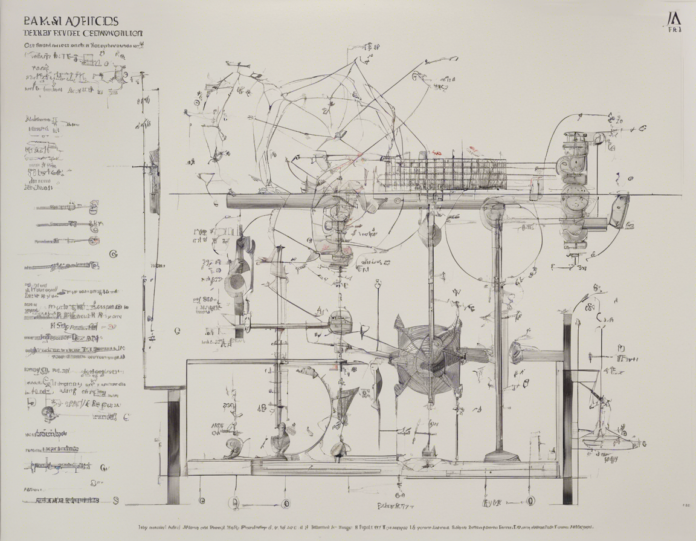Applied physics involves the study of the practical application of the principles and concepts of physics to solve real-world problems. It applies theories and methods developed by physicists to various industries and sectors, including engineering, technology, and medicine. In this comprehensive guide, we will delve into Applied Physics A, discussing its key concepts, applications, and relevance in today’s society.
What is Applied Physics A?
Applied Physics A refers to the branch of applied physics that focuses on the use of physical principles and techniques in practical applications. It involves the utilization of theoretical knowledge to develop solutions to technological challenges and innovate in various fields. Applied Physics A encompasses a wide range of areas, including materials science, nanotechnology, optics, and photonics.
Key Concepts in Applied Physics A
1. Materials Science
Materials science is a fundamental aspect of Applied Physics A, dealing with the study of the properties of materials and how they can be manipulated for specific applications. This includes research on semiconductors, superconductors, polymers, and other materials used in various technologies.
2. Nanotechnology
Nanotechnology involves the manipulation of matter at the nanoscale to create new materials and devices with unique properties. Applied Physics A plays a crucial role in the development of nanomaterials, nanoelectronics, and other nano-enabled technologies.
3. Optics and Photonics
Optics and photonics focus on the study of light and its interactions with matter. Applied Physics A utilizes optical principles to design devices such as lasers, optical fibers, and photonic sensors for applications in communications, imaging, and sensing.
Applications of Applied Physics A
1. Electronics and Semiconductors
Applied Physics A contributes to the advancement of electronic devices and semiconductor technologies. It enables the development of faster processors, more efficient solar cells, and innovative electronic components essential for modern electronics.
2. Medical Physics
In the field of medical physics, Applied Physics A plays a crucial role in radiation therapy, medical imaging, and diagnostic technologies. It helps in the development of advanced medical devices and techniques for improved healthcare outcomes.
3. Renewable Energy
Applied Physics A is instrumental in the research and development of renewable energy technologies such as solar cells, wind turbines, and energy storage devices. It contributes to enhancing the efficiency and sustainability of energy systems.
Relevance of Applied Physics A in Today’s Society
The application of physics principles in real-world scenarios through Applied Physics A is essential for addressing technological challenges and driving innovation. In today’s society, Applied Physics A plays a crucial role in various industries and fields, including:
- Information technology
- Biotechnology
- Environmental science
- Aerospace engineering
- Telecommunications
Frequently Asked Questions (FAQs)
1. What is the difference between theoretical physics and applied physics?
Theoretical physics focuses on developing theories and models to explain natural phenomena, while applied physics involves the practical application of these theories to solve real-world problems and develop technologies.
2. How does Applied Physics A contribute to technological advancements?
Applied Physics A provides the foundation for designing new materials, developing innovative technologies, and improving existing systems in fields such as electronics, healthcare, and renewable energy.
3. Can individuals with a background in applied physics pursue careers outside of academia?
Yes, individuals with expertise in applied physics can pursue diverse career paths in industries such as research and development, engineering, consulting, and technology.
4. What are some emerging research areas in Applied Physics A?
Emerging research areas in Applied Physics A include quantum technologies, advanced materials, biophysics, and computational physics, which have the potential to revolutionize various industries.
5. How can students interested in Applied Physics A enhance their skills and knowledge?
Students can enhance their skills in Applied Physics A by taking courses in materials science, optics, electronics, and computational physics, as well as gaining hands-on experience through internships and research projects.
In conclusion, Applied Physics A plays a vital role in driving technological innovation and addressing complex challenges in various industries. Its interdisciplinary nature and practical applications make it a dynamic field with promising opportunities for research and development. By exploring the key concepts, applications, and relevance of Applied Physics A, we gain a deeper understanding of its significance in shaping the future of science and technology.

